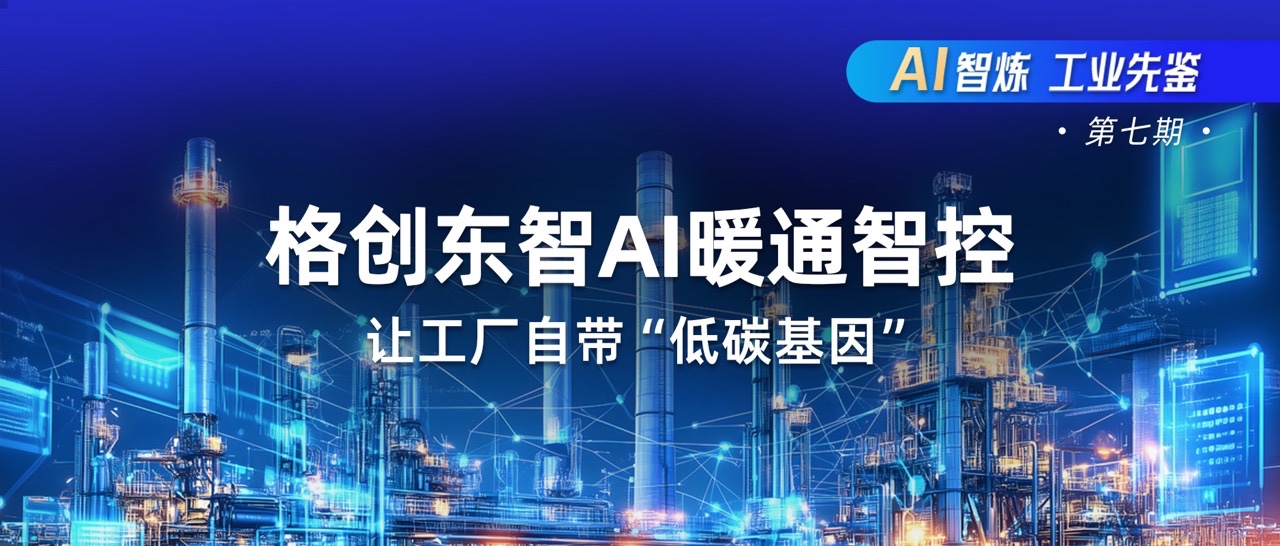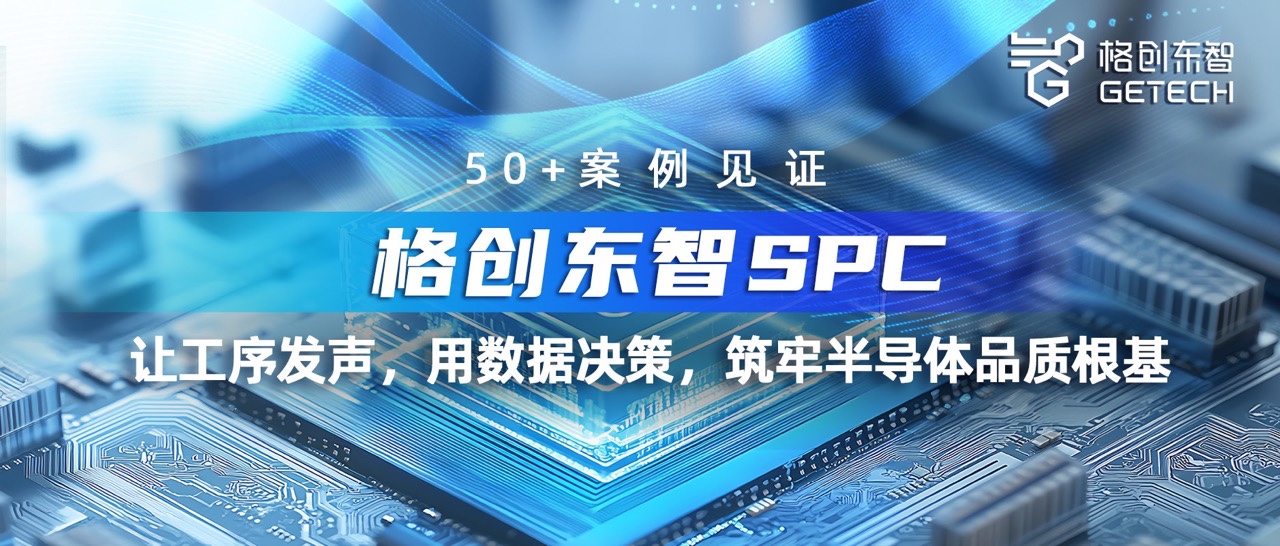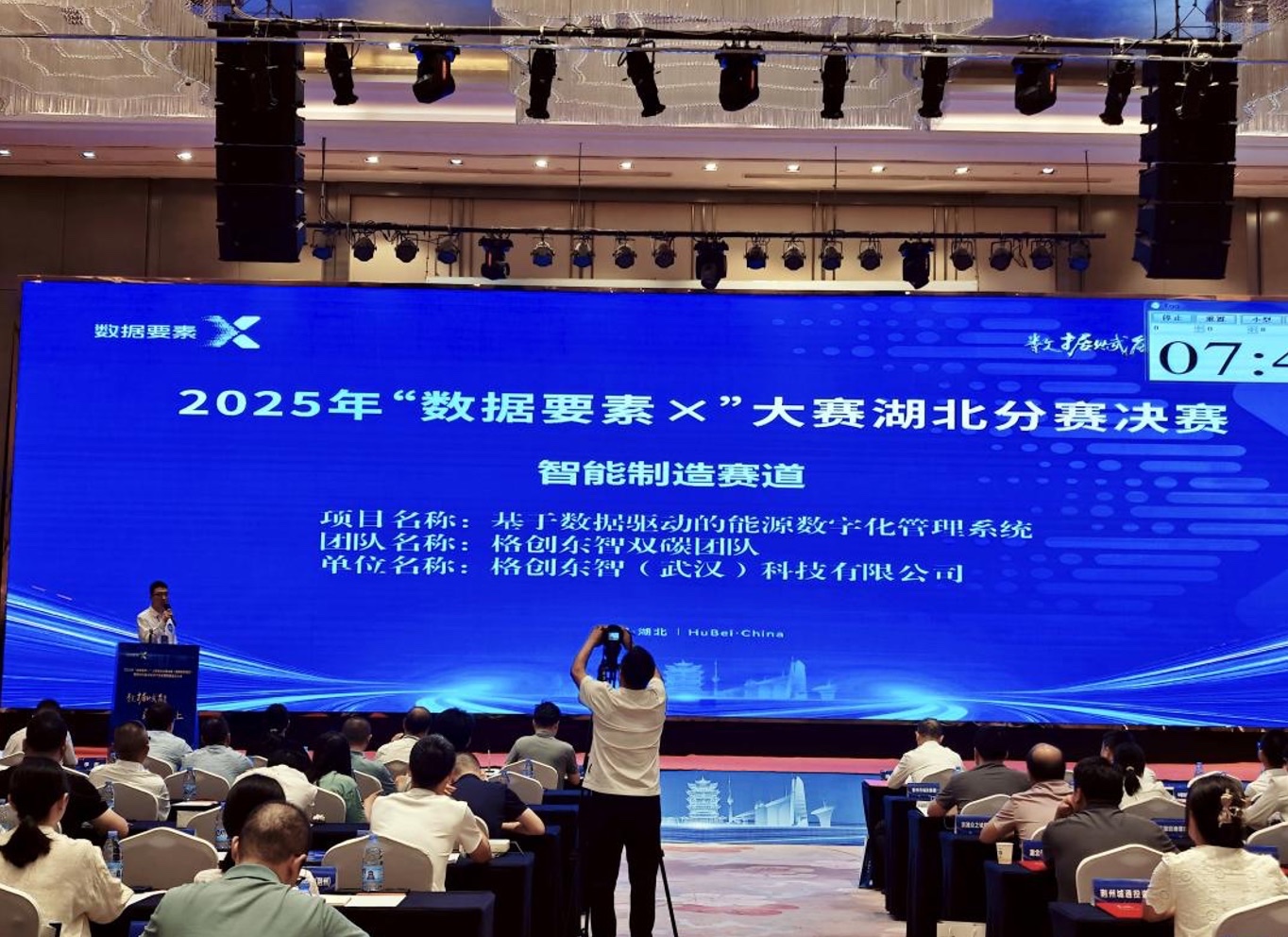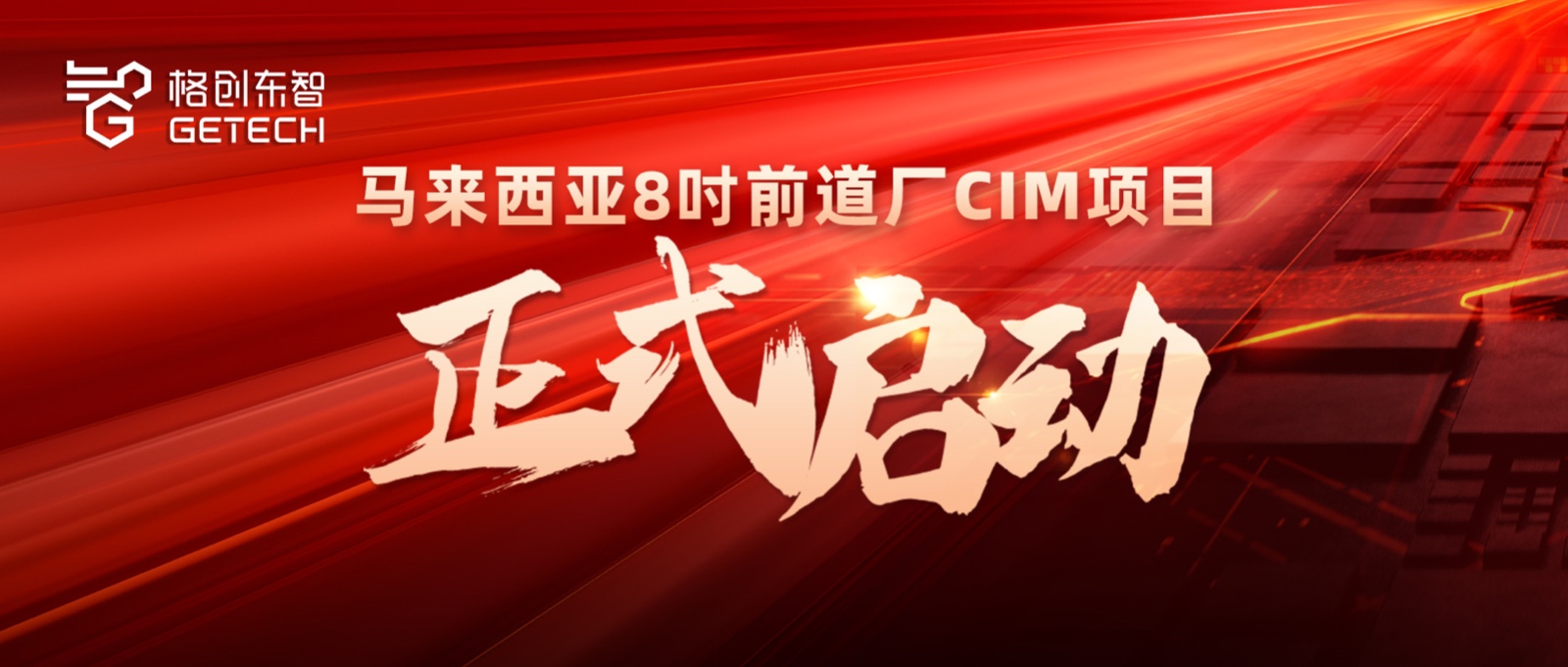Mentioning GeChuangDongZhi, "Industrial AI" has become the most frequent term.From November 19 to 21,GeChuangDongZhi showcased "Industrial AI" at the 2024 China 5G+Industrial Internet Conference, presenting a microcosm of its exploration under the theme "AI Drives Industry, Digital Intelligence Empowers Manufacturing".
During the conference, the Ministry of Industry and Information Technology News and Promotion Center's "People's Post andTelecommunications News" conducted a special dialogue with TCL Industrial Vice President and GeChuangDongZhi CEO He Jun on the "Deep Integration of 5G+Industrial Internet and Industrial AI, bringing new insights into the technological R&D, platform support, scenario exploration, and trend analysis of new infrastructure and new productive forces.Below is the interview transcript.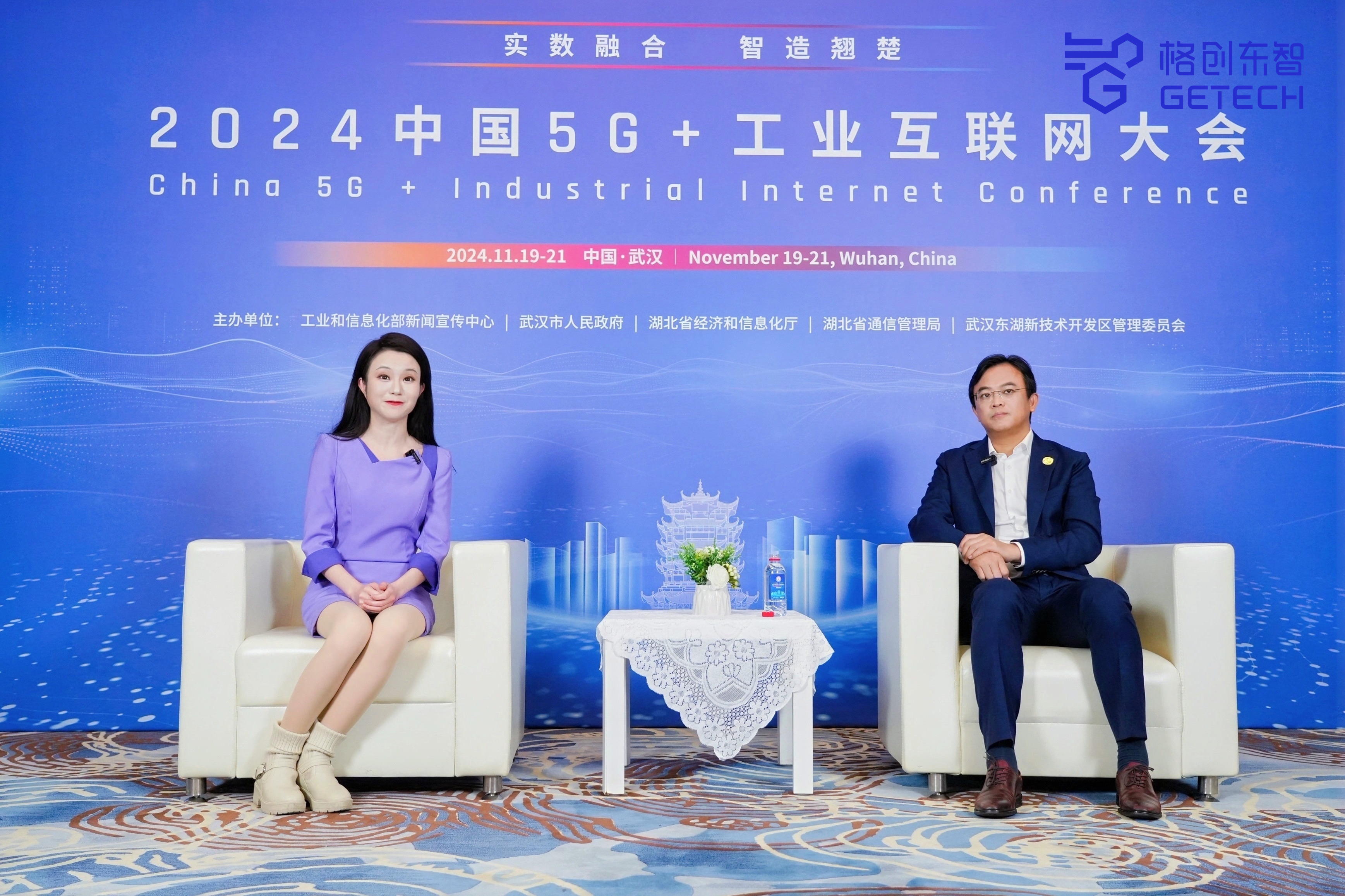
Host: How do you evaluate the current development status of China's 5G+Industrial Internet?He Jun: From the current development stage, 5G+Industrial Internet has entered a period of rapid growth. As a development platform for smart manufacturing, its applications are becoming increasingly diverse. Looking back three years, when these platforms were first used in manufacturing factories, the applications were mostly isolated and did not penetrate the core of production. However, as the capabilities of demand-side enterprises improved and the supply-side ecosystem enriched, applications have gradually moved from general manufacturing to advanced manufacturing, evolving from peripheral uses like AGV connectivity to deeper integration into production and R&D, increasingly touching the core of production. Moreover, the returns from these applications are becoming more significant. In the past, the focus was on improving connectivity efficiency. Today, with the support of 5G and Industrial Internet platforms, and leveraging AI as a new production tool, these applications are generating tangible returns in manufacturing, whether in yield improvement or production efficiency enhancement.
Host: With the rapid development of artificial intelligence, how can 5G+Industrial Internet and AI further deepen their integration and application?
He Jun: I often say we are not in Industry 4.0 but Industry 5.0. Industry 5.0 is very different from Industry 4.0. Industry 5.0 aims to address the relationship between humans, robots, and AI as new tools in production, not just emphasizing new productive forces and tools, but how to better utilize AI's new capabilities, including foundational platforms, to make factories smarter.
How to deepen integration,First, address human issues. Not just in R&D to better implement technology, but more importantly, enable frontline factory engineers to treat AI as a Partner, learning from each other and using AI as an agent or advisor to optimize production efficiency or equipment management on-site. So, it's about empowering frontline production engineers to better use AI tools for scenario innovation. Second, address factory innovation. In the past, innovation was top-down, driven by external consultants and factory top-down approaches at the顶层架构 level. But I believe we need to go downward, innovating the entire mechanism. The driving force should not come from external suppliers or IT departments but from production, from frontline production, quality, and R&D engineers. They are the users of production tools and should drive micro-innovations to deepen the integration of 5G+Industrial Internet+AI applications.
Host: In the future, AI will not just be a tool but more of a partner. What are the trends in the development of 5G+Industrial Internet?
He Jun: Based on GeChuangDongZhi's frontline experience serving factories, the future will see several aspects:
First, platforms will be deemphasized. More people will stop emphasizing 5G+Industrial Internet and instead focus more on applications. The focus will be on how to leverage the platform on the application side, not highlighting 5G+Internet technology, but discussing scenarios and applications more.
Second, from the network's characteristics, the future will discuss dedicated network applications, how to integrate 5G with local production LANs for use in specific scenarios. For example, in semiconductor factories, GeChuangDongZhi's semiconductor AMHS solution serves wafer transmission, combining 5G, the factory's local network, the OHT overhead hoist transport's operational management system, and algorithms, requiring very stable low-latency connections. In the future, 5G applications will下沉, from public networks to dedicated networks, to network empowerment in specific scenarios.
Third, transition from peripheral support to core control. 5G technology combined with Industrial Internet technology will be applied to the most critical aspects of production, including production-sales R&D and production coordination, delivering greater value from different angles.


